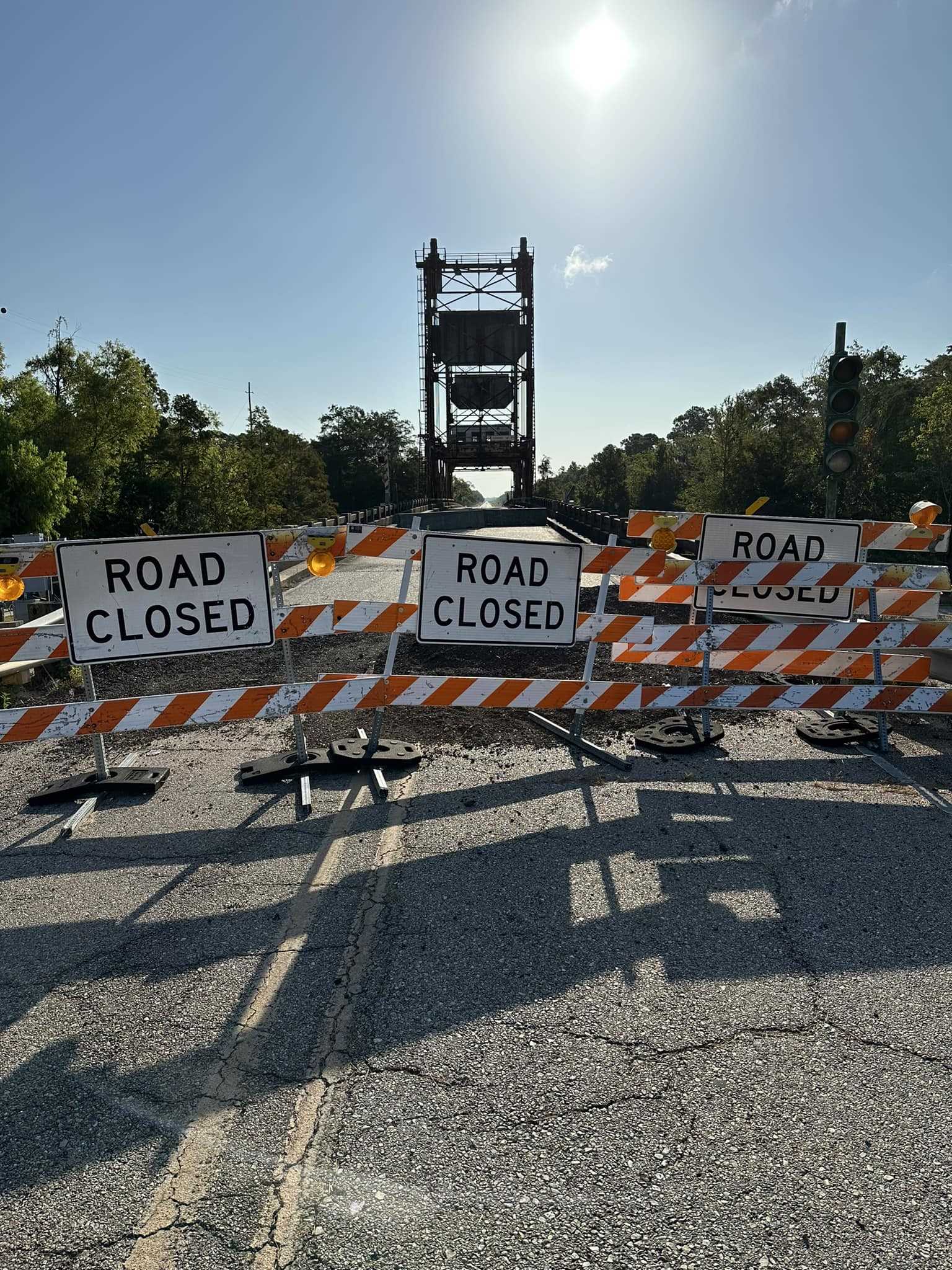You can't get there from here: The Pearlington, MS Bridge remains closed with an uncertain future

Every day, I walk outside and look at this closed bridge on Hwy 90 over the West Pearl River. It shocks me that we have a major highway that has been unpassable since May of 2022 and the timeline to replace it is still uncertain. It was a viable evacuation route and an economic thoroughfare with the coast. - Chris Houlihan, 2023 District 13, St Tammany Parish Council candidate.
The un-usable bridge section lies in Louisiana. In August 2024, the DOTD offered the bridges to anyone who could repurpose them, but no viable proposals emerged, leaving the bridges in place. The primary reason for the ongoing closure is the lack of funding to replace the bridges, (~$300M) despite criticism from local officials and motorists.
The Louisiana Department of Transportation and Development (DOTD) faces competing infrastructure priorities across the state. Budget constraints limit the allocation of funds to rural projects like the Pearlington bridges, especially when urban or higher-traffic corridors are prioritized.
Pearlington and Hancock County, MS have limited resources to contribute to a bridge restoration/replacement plan, leaving the State of Louisiana and Federal Government as the main source of funds. Louisiana has a $18.8 billion backlog in road and bridge repairs.
The issue is complicated by US90 being a Federal Highway, requiring federal oversight and the low traffic count (3300 vehicles daily in 2021)
The high replacement costs for the U.S. 90 bridges in Pearlington, Mississippi, estimated at over $300 million, stem from several factors:
- Multiple Bridge Structures: The project involves replacing five aging bridges, including the West Pearl River bridge, spanning a 3.3-mile corridor. Each bridge requires individual design, demolition, and construction, multiplying costs compared to a single bridge replacement.
- Structural and Engineering Complexity: Built in the 1930s, the bridges have outdated designs (e.g., steel trusses) and are structurally deficient, requiring complete replacement rather than repairs. New bridges must meet modern safety and load standards, involving complex engineering for foundations, piers, and spans, especially over navigable waterways like the Pearl River.
- Environmental and Regulatory Requirements: Construction over the Pearl River triggers strict environmental regulations, including permits for wetland impacts, water quality, and wildlife protection. Compliance with federal laws (e.g., Clean Water Act, Endangered Species Act) and coordination with agencies like the Army Corps of Engineers add planning and mitigation costs.
- Marine Traffic Considerations: The bridges must accommodate boat traffic, requiring sufficient vertical clearance and potentially movable spans (e.g., drawbridges). These features increase design and construction expenses compared to standard highway bridges.
- Material and Labor Costs: Rising costs for construction materials (e.g., steel, concrete) and skilled labor, exacerbated by inflation and supply chain issues since 2022, drive up expenses. The specialized nature of bridge construction limits contractor availability, further inflating bids.
- Demolition and Site Preparation: Removing the existing bridges, some with hazardous materials like lead-based paint, requires careful demolition and disposal, adding to costs. Site preparation, including temporary traffic rerouting and access roads, also contributes.
- Low Traffic Volume vs. High Standards: Despite U.S. 90’s relatively low traffic (3,300 vehicles daily in 2021), the bridges must be built to federal highway standards, which don’t scale down costs for lower-traffic routes. This mismatch increases the per-vehicle cost of replacement.
- Regional Economic Factors: The Gulf Coast’s susceptibility to hurricanes and flooding necessitates resilient designs, such as elevated structures and erosion-resistant foundations, which are costlier. Local labor and equipment availability may also be limited, raising expenses.
These factors, combined with the Louisiana DOTD’s $18.8 billion infrastructure backlog and competing priorities, make funding the $300 million project challenging, contributing to the prolonged closure since May 2022. For precise cost breakdowns, further details would require DOTD or MDOT project reports, which are not publicly detailed in available sources.

5 bridges + requirement to support boat traffic + environmental requirements for wetlands, water quality and wildlife protection + hurricane vulnerability + rising labor/materials + demolition (hazardous materials) + Low Traffic Volume = inaction.
